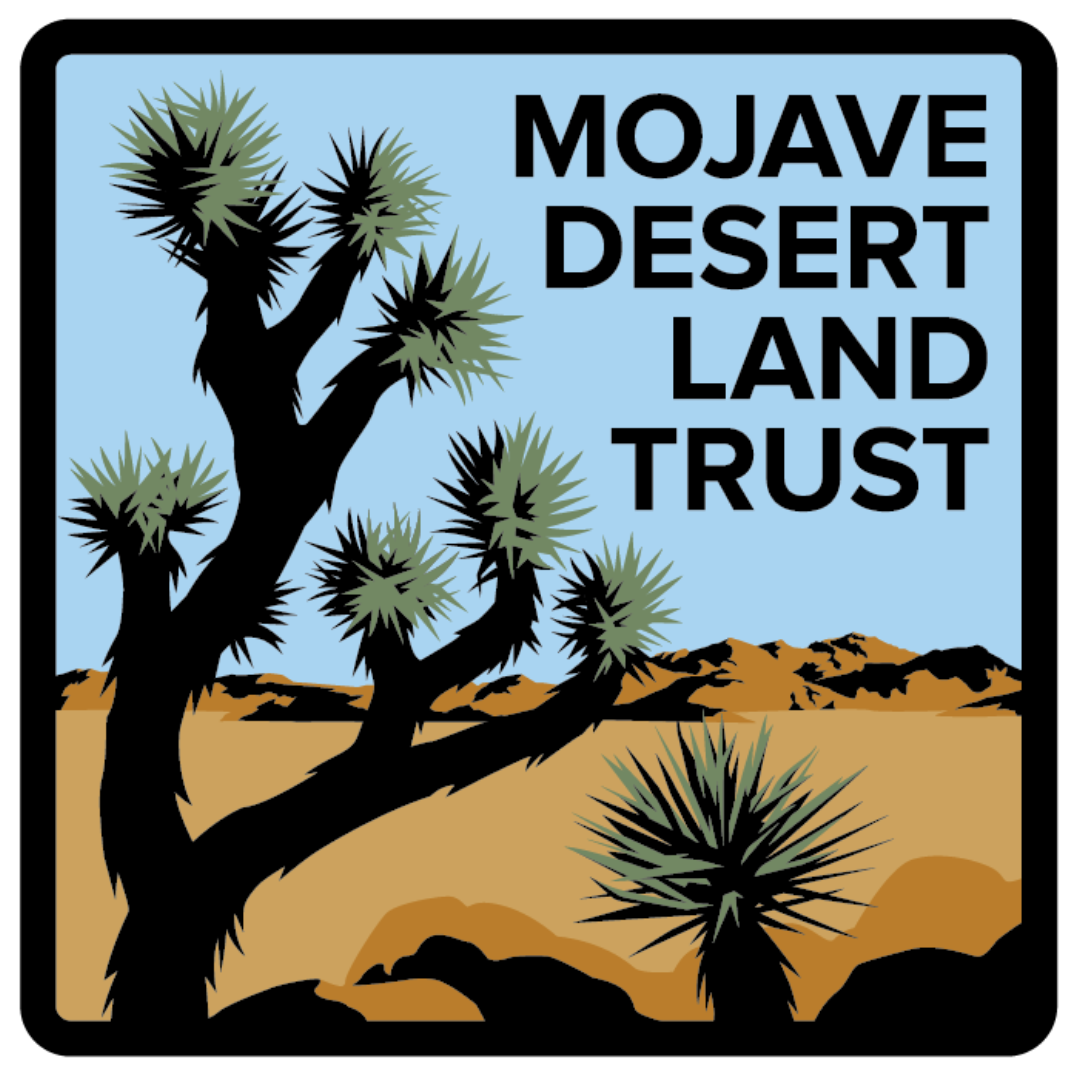Mojave Desert Land Trust: Indefinite Limbo for Desert Monuments
FOR IMMEDIATE RELEASE
December 5, 2017
Contact: Danielle Segura, Executive Director, Mojave Desert Land Trust
Phone: 760-820-2275
danielle@mdlt.org
Joshua Tree, CA – The Department of Interior has finally released its report on proposed boundary and management changes to the 27 national monuments under review since April 2017. The report outlines changes to ten of the monuments. The remainder, including Mojave Trails, remain under review. Castle Mountains National Monument, not included in the original list, was later recommended for review by Interior Secretary Zinke.
Statement from the Mojave Desert Land Trust:
“Two of our desert national monuments remain on the Department of Interior’s chopping block. After months of secrecy surrounding the Interior’s monument review process, we now know that the review into Mojave Trails National Monument will continue for the unforeseeable future. The fate of Castle Mountains is also uncertain. Contrary to what Secretary Zinke’s report says, the Mojave Trails and Castle Mountains monument designations were made with extensive public outreach and attention to increasing public access. This is an affront to the communities who fought for these monuments.” – Danielle Segura, Executive Director, MDLT
“There a deep irony in this review process. Secretary Zinke’s report says it wants management plans to improve public access to national monuments. As a relatively new monument, Mojave Trails doesn’t yet have a management plan. But the Interior’s review has put all planning efforts for Mojave Trails into indefinite limbo.”
The Mojave Desert Land Trust (MDLT) is a 501(c)(3) non-profit organization with the mission to protect and care for lands with natural, scenic, and cultural value within the Mojave Desert. For more information, visit www.mdlt.org
Further information:
Mojave Trails National Monument
Includes the largest ever private land donation to the federal government, to be managed for permanent protection on behalf of the American people.
A vast and varied landscape, open desert landscape of irreplaceable archeological and cultural sites including sacred Native American trails and trade routes.
It enshrines the rich, storied history of the American railroad, homesteading, General Patton’s World War II desert training sites, and westward migration, including the longest undeveloped stretch of historic Route 66.
Natural wonders include the scenic lava flows of Amboy Crater—North America’s youngest volcano.
550 million-year-old trilobite fossil beds of the Marble Mountains and other unique geologic formations.
The perennial river in Afton Canyon where the subterranean Mojave River surfaces and creates oases and lush marshland that are home to species found nowhere else in the world.
The humming sands of the Cadiz Dunes Wilderness.
The monument establishes landscape and habitat connectivity between Joshua Tree National Park, the Mojave Preserve, and Death Valley, and several existing wilderness areas.
Castle Mountains National Monument
Critical linkage for plants, animals, and water between two mountain ranges. Some of the finest Joshua tree forest in the Mojave Desert, as well as pinyon pine and juniper forest.
The unique plant assemblage includes 28 species of native grasses, about half of which are rare, including burrograss and false buffalograss.
Resident wildlife species of special concern include the Townsend's big-eared bat, California leaf-nosed bat, Swainson's hawk, golden eagle, desert tortoise, Bendire's thrasher, and gray vireo.
One of the most important bighorn sheep habitats in the Mojave Desert.
A large groundwater aquifer of critical importance to the desert ecosystem lies under the Mojave National Preserve’s Lanfair Valley, including in the Castle Mountains area. This aquifer feeds Piute Spring in the Preserve, the only perennial stream and riparian corridor in the Preserve.
Prehistoric rock art and archeological sites of significant cultural import to both the Fort Mojave and Chemehuevi Tribes, marking routes through the Castle Mountains likely traveled by both tribes.
Some of the best-preserved segments of a wagon road that linked the Arizona Territory to settlements in southern California.
Contains the historic gold mining ghost town of Hart.
Its remoteness offers visitors the chance to experience the solitude of the desert and its increasingly rare natural soundscapes and dark night skies.
